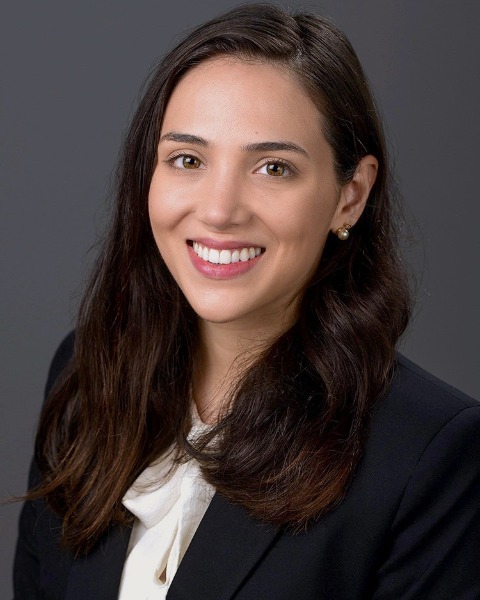Nephrology Works in Progress
Session: Nephrology Works in Progress
WIP 44 - Empowering Study of Pediatric Nephrotic Syndrome via the Creation of a Computable Phenotype
Sunday, April 27, 2025
8:30am - 10:45am HST
Publication Number: WIP 44.7390
Elif Ozdogan, Boston Children's Hospital, Boston, MA, United States; Maya Fried, Boston Children's Hospital, Tel Aviv, Tel Aviv, Israel; Adrian Banerji, Boston Children's Hospital, Boston, MA, United States; William G. La Cava, Boston Children's Hospital, Boston, MA, United States; Kenneth D. Mandl, Boston Children's Hospital, Boston, MA, United States; Matthew Sampson, Harvard Medical School, boston, MA, United States

Elif Ozdogan, MD (she/her/hers)
Resident physician
Boston Children's Hospital
Boston, Massachusetts, United States
WIP Poster Presenter(s)
Background: Nephrotic Syndrome (NS) is a rare pediatric kidney disease characterized by glomerular filtration barrier failure, leading to significant morbidity and mortality. Although the molecular basis of NS has been partially illuminated through genomic studies, much remains unknown, limiting precision medicine approaches. Existing diagnostic methods, primarily based on descriptive classifications and biopsies, are insufficient for accurate phenotyping. Computational phenotyping, utilizing machine learning (ML) algorithms to analyze Electronic Health Records, has emerged as a promising method for disease identification. An accurate computational phenotype would allow the identification of patients with NS across different children’s hospitals to empower genomic discovery research.
Objective: This study aims (1) to establish a computational phenotype for pediatric nephrotic syndrome using hybrid strategies (manual adjudication and machine learning) to identify pediatric NS patients and (2) to compare performance to existing diagnostic code-based phenotypes.
Design/Methods: Aim 1: We identified 100 patients with primary nephrotic syndrome patients seen at least once at Boston Children’s Hospital Division of Nephrology from January 2023 to May 2024. Employing a matched case-control design, two control groups were included for comparison: (a) healthy individuals, and (b) those with other diseases, including kidney disease but not NS. Multiple computational phenotypes will be generated utilizing a combination of diagnostic codes for nephrotic syndrome, blood and urine test results, and the number of encounters. ML models (feature engineering automation) will be developed and trained using the aforementioned cohorts.
Aim 2: The performance of multiple computational phenotypes (manually and ML-derived) developed in this study and prior code-based phenotypes in all Boston Children’s patients with at least one urinary test variable will be compared by manual adjudication.

